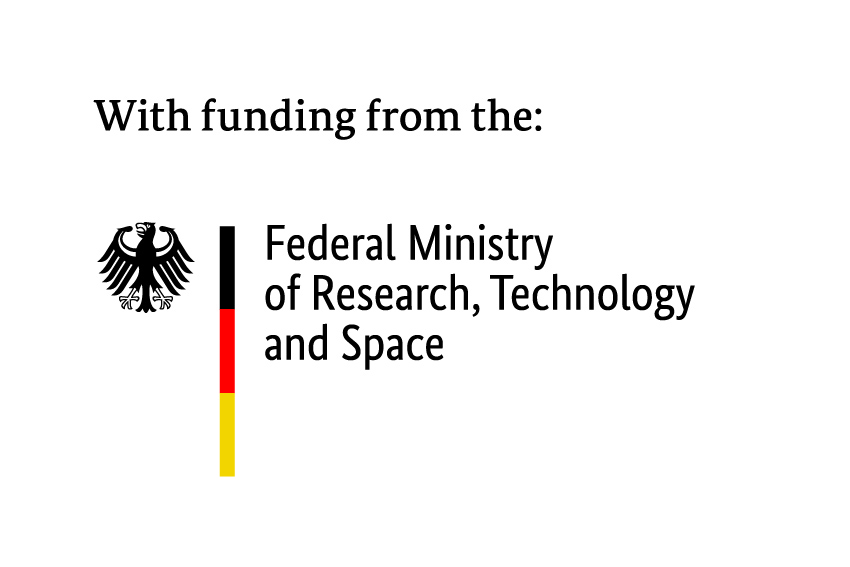c:o/re Junior Fellow 07/24 − 04/25

Nathalia Lavigne [she/her] works as an art researcher, writer and curator. Post-doctoral fellow at MAC USP, she has a PhD from FAUUSP (University of São Paulo), with a dissertation entitled “(De) musealizations and practices of countercollecting in instantaneous archives.” During her PhD, she was a visiting researcher at The New School (NYC) and Humboldt Universität zu Berlin. She also has a master’s degree in Critical Theory and Cultural Studies from Birkbeck, University of London. Her research interests involve topics such as social documentation and circulation of images on social networks, cultural criticism, museum and media studies and art and technology. She writes for several art magazines, including Artforum, Contemporary &, ZUM (Instituto Moreira Salles) and Humboldt (Goethe). As a curator, she has held exhibitions such as “Against, Again: Art Under Attack in Brazil” (2020), at Anya and Andrew Shiva Gallery (John Jay College, CUNY, NYC) and “Tactics of Disappearance” (2021), at Paço das Artes (São Paulo).
After Networks: Distributed Intelligence and Speculative Forms of Connection in Art Spaces
This present research aims to discuss how the understanding of networks can be reimagined after the Internet’s ‘lost decade’ (Lovinik, 2022) and the end of a fantasy that Web 2.0 would be a democratic and emancipatory environment (Crary, 2022). In a time when the politics of surveillance has gained another dimension in everyday life, digital lethargy (Hu, 2022) is the condition that permeates contemporary society as a response to the constant demand of updating our extended selves on different platforms.
From this debate, I seek to investigate what we can learn from artists who have been critically dealing with these systems and imagining speculative forms of connections prior to the rise of Web 2.0, finding other ways to communicate and form communities. Focusing on art practices from the mid-1990’s to the present, this research will map how artists have been imagining alternative and disruptive forms of networks. Following previous studies that look at social networks precedents (Bazzichelli, 2006; 2013), I aim to discuss the networks in a broader sense from an artistic and audience perspective, also looking at recent collaborative/participatory practices that apply methodologies created and disseminated in these environments in off-line spaces, especially notions such as distributed intelligence and horizontality.
In recent decades, social networks have had a huge impact on reinforcing the art system as a highly efficient international network. However, at a time when the failure of these systems is clear, it is necessary to apply the network methodologies learned there in other, more liberatory spheres and contexts. What can be learned from and enhanced by these social networks without needing to depend on them?
Publications (selection)
Lavigne, Nathalia. 2024. “Occupying the archives: agency over images and folksonomy developed through collaborative initiatives.” In Lessons Learned? Transcultural Perspectives in Curating and Pedagogies, edited by Eva Bentcheva, Monica Juneja, Franziska Koch and Miriam Oesterreich. Heidelberg Academy Volume: ICI Berlin Press [forthcoming]
Lavigne, Nathalia. 2023. “Ways of Seeing: Visitors Inside the Galleries from the Post-Photographic to the Musealized Museum” In Motion: Migrations. Proceedings of the 35th World Congress of Art History, edited by Claudia Mattos Avolese. São Paulo: Vasto Edições, pp. 484-501.
Beiguelman, Giselle and Lavigne, Nathalia. 2022. “The museum with only walls: an involuntary memorial of Rio de Janeiro’s National Museum on Instagram.” In The Memorial Museum in the Digital Age, edited by Victoria G. Walden. Falmer: REFRAME Books. University of Sussex.
Beiguelman, G.;Bambozzi, L.; Cordeiro, A.; De Almeida Prado, R.; Ferrari, E.; Gervilla, L.; Lavigne, N.; Hosni, C.; Prata, D. 2019. Masp.etc.br / Research Group on Aesthetics of Memory in the 21st Century. São Paulo: Faculty of Architecture and Urbanism at the University of São Paulo (FAUUSP). DOI: 10.11606/9788580891638



